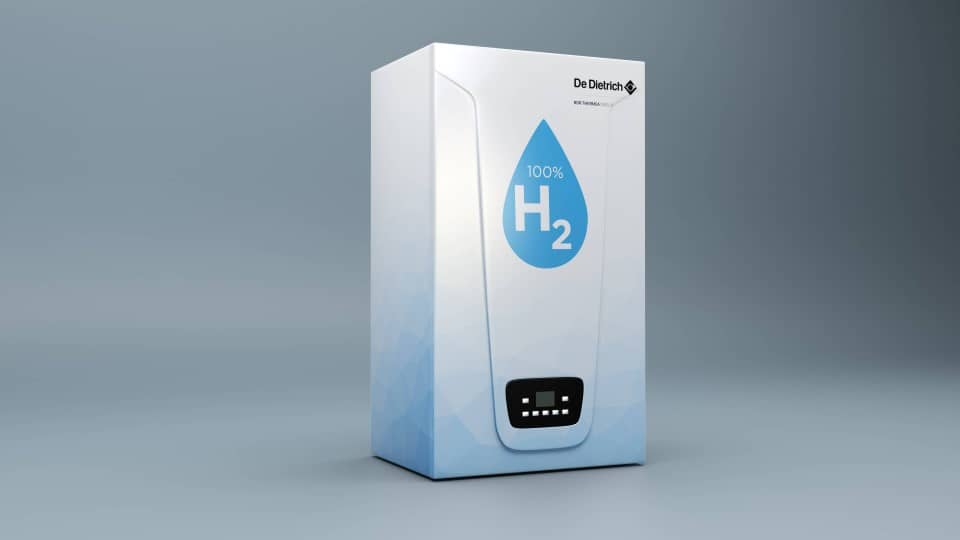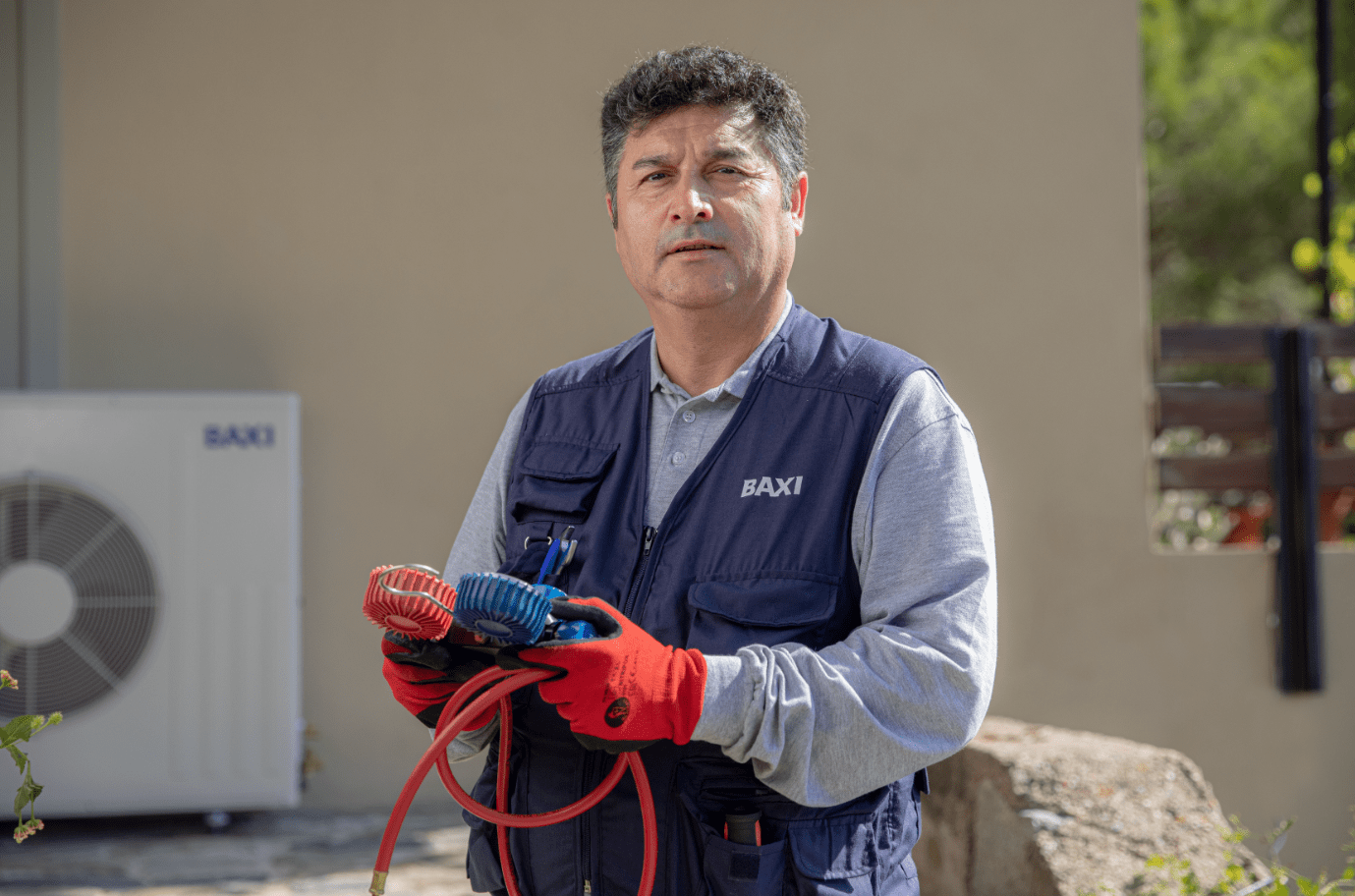
Towards better energy security in Europe
The Russian invasion of Ukraine is making Europe fundamentally rethink how it’s keeping its lights on.
Gas market prices are hitting record highs, with European households likely to bear the brunt as energy costs rise. As gas bills double or even triple, more and more households are at risk of falling into energy poverty. In an EU-wide survey in 2020, 8% of people said they were unable to keep their home sufficiently warm – and soaring gas prices mean this number will rise.
Russia is Europe’s largest supplier of natural gas, representing 40% of the continent’s gas intake. The EU imported 155 billion cubic metres of natural gas from Russia in 2021. Some markets, like Germany, rely on Russia for 60% of their gas consumption. Further east, that percentage is even higher.

Europe’s dependence on Russian gas is becoming increasingly risky and uncomfortable for the continent’s leaders. EU climate ambitions had already led the bloc to reconsider its natural gas intake, and current events have added a sharp sense of urgency. Russia’s gas taps remain open for now as war rages, but for how long? The EU has announced plans to become independent of Russian oil, gas and coal by 2027. Yet in a highly volatile situation, pressure is mounting for swift action.
As European leaders urgently seek alternative energy sources, the pressing question is: what can we do to help countries to be energy independent?
And what role can buildings, and their users, play in this? A very significant one, judging by the numbers. Heating and cooling of homes and other buildings accounts for around 40% of Europe’s energy intake, so the built environment plays a major role in Europe’s energy consumption.
Moving away from natural gas towards more environmentally friendly ways of heating buildings and water is vital. As current events make so clear, there’s no time to lose. Policymakers, our industry and end-users need to work together to accelerate the pace towards efficient and renewables-based heating – enabling the energy transition our planet so desperately needs.
Heat pumps, hybrids and high-efficiency boilers
Electrifying heat and domestic hot water can reduce gas use. Heat pumps too are highly efficient, transferring heat indoors from an outdoor renewable source of air or water. Today's heat pumps work well in soundly insulated houses with underfloor heating or optimised radiators, and these are typically found in new-build settings.

One of the easiest ways to cut gas intake for existing buildings is to replace standard gas-condensing boilers with high-efficiency models. By recovering more heat from the same amount of energy, high-efficiency boilers immediately reduce gas use by 30%. Yet although legacy systems supply 60% of heating for buildings, just 4% of them are replaced each year. So the industry needs to speed up the replacement of old systems.
Hybrid heating is a no-brainer when it comes to reducing fossil fuel consumption. Pairing an existing gas or fuel-based boiler with a heat pump immediately cuts fossil fuel use. A hybrid configuration that combines a heat pump with a modern gas boiler saves another 70% in gas use. Such hybrids can easily be installed at the individual household level without any large-scale renovations. And while an all-electric heat pump is a great solution for new, well-insulated buildings, hybrid heat pumps are a perfect fit for millions of existing homes with diverse heating and cooling needs.

Green gases and hydrogen
As well as saving energy, hybrid heat pumps help tackle another major energy challenge of our time: grid congestion. With their ability to switch between gas and electricity, hybrid heat pumps make the energy system more resilient. Compared to their all-electric counterparts, they reduce peak power demand, and the need for immediate investments in grid reinforcements.
Ramping up the use of renewable or ‘green’ gases, such as biomethane in the short term and hydrogen in the longer term, is key to decarbonising boilers and improving Europe’s energy security. No wonder that the European Commission recommends replacing more than half of current Russian gas imports with biomethane and hydrogen by 2030.
BDR Thermea’s modern high-efficiency boilers can already run on up to 20% admixture of hydrogen. Our 100% hydrogen-ready boilers are expected to become available by 2025/2026. Now, Europe needs to speed up investment in green hydrogen, which is not yet readily available. Creating the infrastructure for hydrogen will be crucial if Europe is to make the switch to this highly promising fuel of the future.

Installer of the future
A major bottleneck in Europe’s energy transition is the shortage of installers. We need skilled installers – and many of them – to come with us on the journey. Yet there’s already a shortage of skilled installers in Europe, which will only get worse as many traditional installers retire in coming years. Even those still in the business mostly lack skills to instal future-forward technologies such as heat pumps.
We need a well organised approach to ensure there are sufficient installers with the right skills to ‘install the energy transition’. Stakeholders from companies to governments to training colleges should rethink the job profile, education and target audience to enable a rapid increase in the number of installers.
The installer of the future will instal a wider variety of devices and will be the consultant for customers on their options to decarbonise their homes and buildings. That means installers need to reskill, education needs to change. To fill the gap, we need to attract more young people to the installer profession. Business models for installation companies will change, too, so these companies will only survive and thrive if they change how they work.
Our industry has a responsibility to create products and provide training and support so installers can instal modern solutions quickly, easily and efficiently. And we need to think creatively. For example, to counter the fear among some installers that participating in training means they could lose business, a Europe-wide incentive to compensate them for the time spent reskilling could be a solution.
At BDR Thermea, we reskill installers and train them on sustainable climate solutions in training centres across Europe. We support them remotely and on-site, and with paperwork like subsidy applications. As well as providing products that are easy to install and service, we help reskill existing installers across Europe, as well as promoting installation as a career. We provide training and reskilling for installers to work with hybrid solutions, and have campaigns underway in countries such as the Netherlands and Germany to bring installers on board.

Standing as one
Europe is facing an energy crisis. To make a real difference, and to make this the priority it needs to be, we must all pull together. It’s imperative that we remove the barriers blocking end-users from switching to more energy efficient solutions, such as hybrid installations. This requires immediate action from industry, government and end-users.
End-users have a vital role to play: using energy more efficiently. And the risk of energy poverty is a major incentive for them to do this. We need to motivate them and make it easier for them to save energy.
As an industry, we need to make the case for end-users to make the switch. It’s up to us to raise awareness about alternative solutions, such as hybrid heat pumps, and to make the transition as smooth as possible. But to be able to make a real impact, we need governments to support the switch to hybrid and lower-gas systems across Europe through subsidy schemes, regulations and campaigns that promote energy efficiency.
Technology can really help, too. Thermostats connected to smart apps, for example, allow homeowners to stay in control of their energy use. Now that many of us are returning to work outside of the home, it’s time to reboot the thermostat timer programme.
Time to act
We’re all in this together: the energy transition is a complex puzzle that can’t be solved by one company, industry, government or supranational authority. All of us should be active participants, taking our responsibility and playing our role. As an industry and as a company, we are ready to scale up production to meet increased demand for future-forward, energy-efficient solutions.
As the energy price of war reveals itself and financial pressures on households build, energy security has never been more important. We have the will and we have the solutions, so let’s seize the moment. It’s time to act to make the energy transition a reality.

BDR Thermea hybrid solution examples

Remeha Elga Ace (NL)
The Elga Ace is the hybrid heat pump with the best price/performance ratio on the Dutch market today. The Elga Ace is the only one on the market to control with OpenTherm, so that the central heating boiler never produces more heat than is necessary. The result is optimal use of the heat pump. The Remeha Elga Ace works with every brand of central heating boiler and therefore offers the solution for making existing homes more sustainable. A hybrid heat pump extracts heat from the outside air and uses it to heat the home. The central heating boiler is only switched on on extremely cold days and for heating hot tap water. This way you can save up to 70% on your gas consumption.
- Up to 70% gas use reduction
- Eligible for subsidies (NL)
- Installation within one day
- Compact dimensions of the indoor unit
ALEZIO S HYBRID (FR)
Hybrid solutions consisting of Air/water heat pump (outdoor unit and an indoor module) and a wall-mounted gas condensing combi boiler. Suitable for new or renovation projects, this solution allows customers to benefit from the best heating and hot water performance of a gas condensing boiler combined with a heat pump.The hybrid heat pump guarantees customers of significant savings. With a heat pump power between 4 and 8kW, it is the ideal technical and economic solution to reduce gas use, up to 70%
- Up to 70% gas use reduction
- Eligible for subsidies (France)
- Compact dimensions, easy to install


